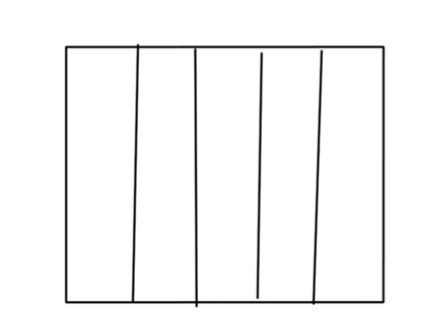Sign up for FlowVella
Sign up with FacebookAlready have an account? Sign in now
By registering you are agreeing to our
Terms of Service
Loading Flow



LS:L4:C2
Explore pg. 15
Hypothesis : Some birds have different features and adaptions
Experiment : Using utensils to see which is better to pick up food

My Results
Beaks
Rice
Water
Foam
Observe
Chopstick
Cup
Spoon
Fork
Straw
Works
Works
Works
No
No
No
Works
Works
Works
Works
Works
Works
Works
Works
Works
It's ok
Good
Good
Fine
Fine
Predictions
I predict that a spoon is the first effective then cup, chopstick, fork, straw
Conclusions - The materials did work as well as beaks would. Big beaks are pretty much easy because it has enough space to hold more than a thin beak. A hummingbird would easily get nectar even though they have a thin beak, it's like a straw.
Notes
• Adaptations is something that is helpful to get an animals need
• Camouflage is one of the adaptations
•Mimicry is when animals hide to look like other organisms